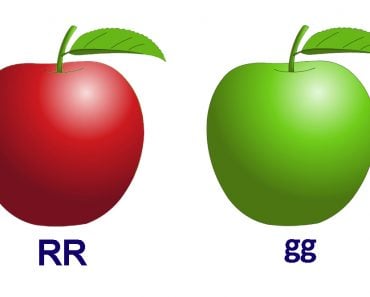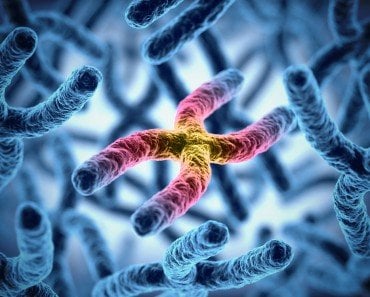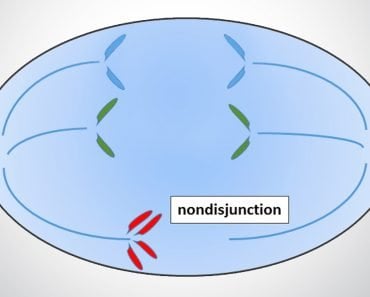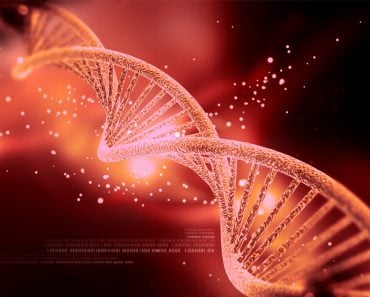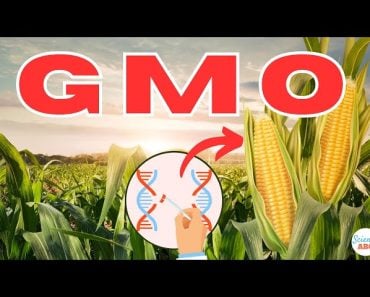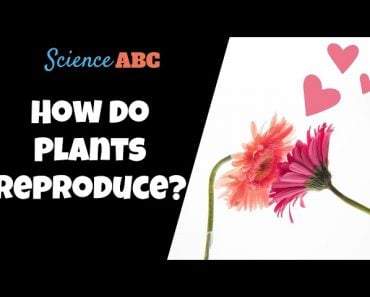Table of Contents (click to expand)
The law of segregation states that the two alleles are separated or segregated during gamete formation. This key law of genetics was proposed by Gregor Mendel.
There are rare moments in science when an old discovery holds true over a decade of newer scientific discovery. In 1866, an Austrian monk named Gregor Mendel published a set of findings on the heredity of traits in plants. His work, ignored at the time of their publication, came to light only after being rediscovered in 1900 when three other researchers independently reached the same conclusion as Mendel!
They immediately realized the importance of Mendel’s work, which was precise and performed with great care. His results were so well-documented that it is still taught in schools and undergraduate courses on genetics.
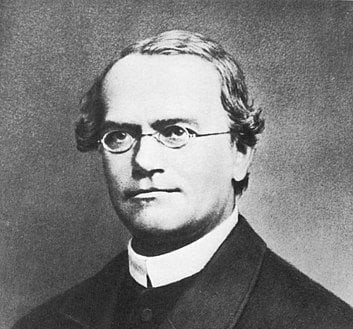
Recommended Video for you:
Law Of Independent Segregation
Mendelian genetics is based on three laws that dictate how certain traits are transferred from parents to offspring. These three laws are: the Law of Dominance, Law of Independent Segregation, and Law of Independent Assortment. These three laws were proposed by Mendel in 1865 in his paper ‘Experiments on Plant Hybridization’, which he submitted to the National Science Society in Brno (now in the Czech Republic). In this article, we’re going to focus on the Law of Independent Segregation.
Also Read: Gregor Mendel’s Laws Of Inheritance: Law Of Segregation, Dominance, Independent Assortment
Background Terms
In the explanation of Mendel’s law, there are many commonly used terms that can confuse people. We will take some space to explain them in brief.
Mendel chose to work with pea plants for his experiments. He tested how different traits of the pea plant, such as the color of the flowers, the color of the seeds, the height of the pea plant, etc. were inherited. He performed crosses, mating offspring to parents, to test one trait at a time. To explain the law of independent segregation, we will use the color of peas.
He started by crossing two pure breeding (or true breeding) pea plants for a certain trait. Pure breeding plants means that they will always produce the same appearance of the trait when crossed with themselves. In this case, a pure breeding yellow pea coat plant and a pure breeding green pea coat plant. These represent the Parental generation. What he found when he crossed these was:
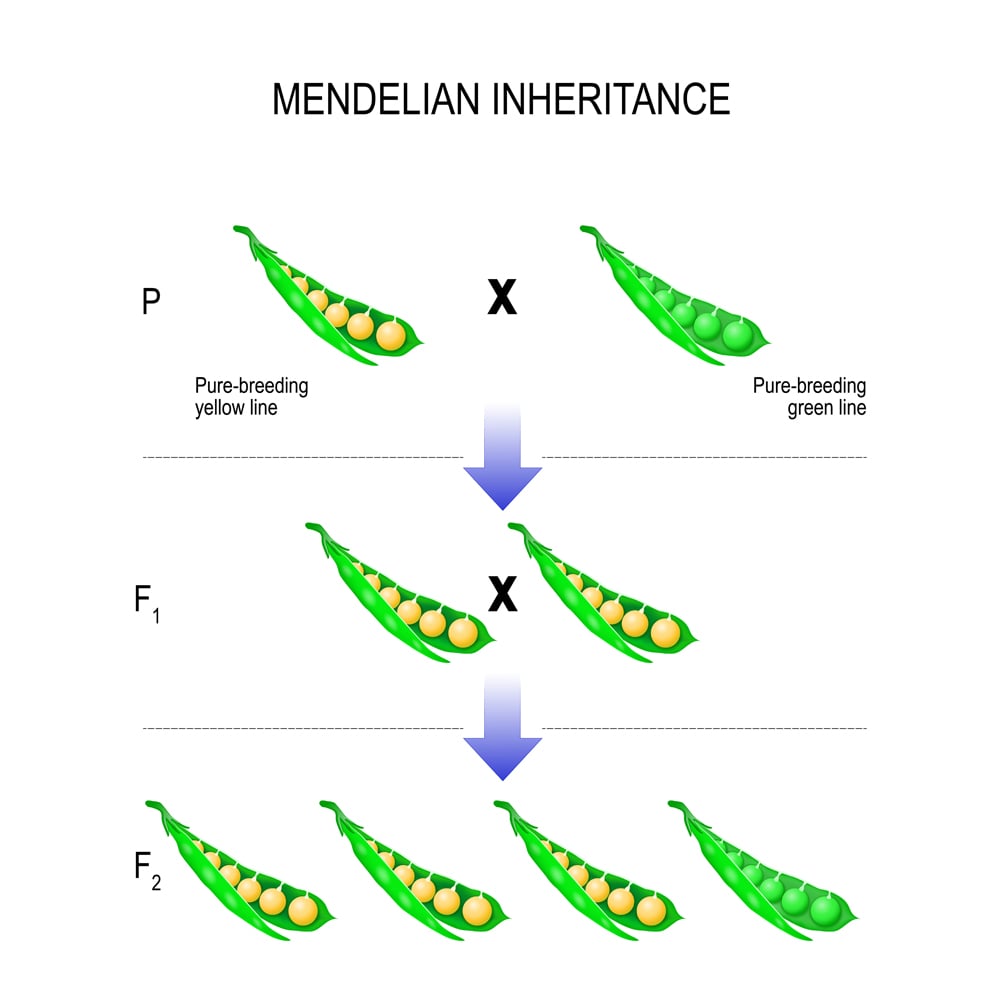
All the offspring plants had yellow peas. These offspring represent the F1 generation, which stands for first filial generation. Mendel then went on to perform a cross with the offspring of the F1 generation.
The offspring from crossing the F1 generation are called the F2 generation (second filial generation). Mendel performed this for thousands of pea plants and found that 75% of plants had yellow peas, while only 25% of plants had the green pea, establishing a 3:1 ratio of yellow to green peas.
This gave Mendel two pieces of information. It established that the recessive trait wasn’t lost in the plant, but only hidden. This established that there were, what Mendel termed, a pair of factors inside the plant cells that held the information for the pea color trait.
Today, we know these “pairs of factors” to be genes. Genes are pieces of DNA that hold information to produce a certain trait. We all know that DNA holds the information that executes the processes of life. It is like an instruction manual (a reference that Mendel and anyone else in the 19th century wouldn’t know).
Furthermore, genes do not all give the same information. There are genes that instruct the plant to make yellow peas and others that lead to green peas. These alternate versions of a gene encoding for the same information are called alleles. Therefore, there are two alleles for the pea color gene, one dominant allele for yellow and one recessive allele for green. Dominant alleles are denoted by an arbitrary capital letter Y and the recessive allele is denoted by a lowercase y.
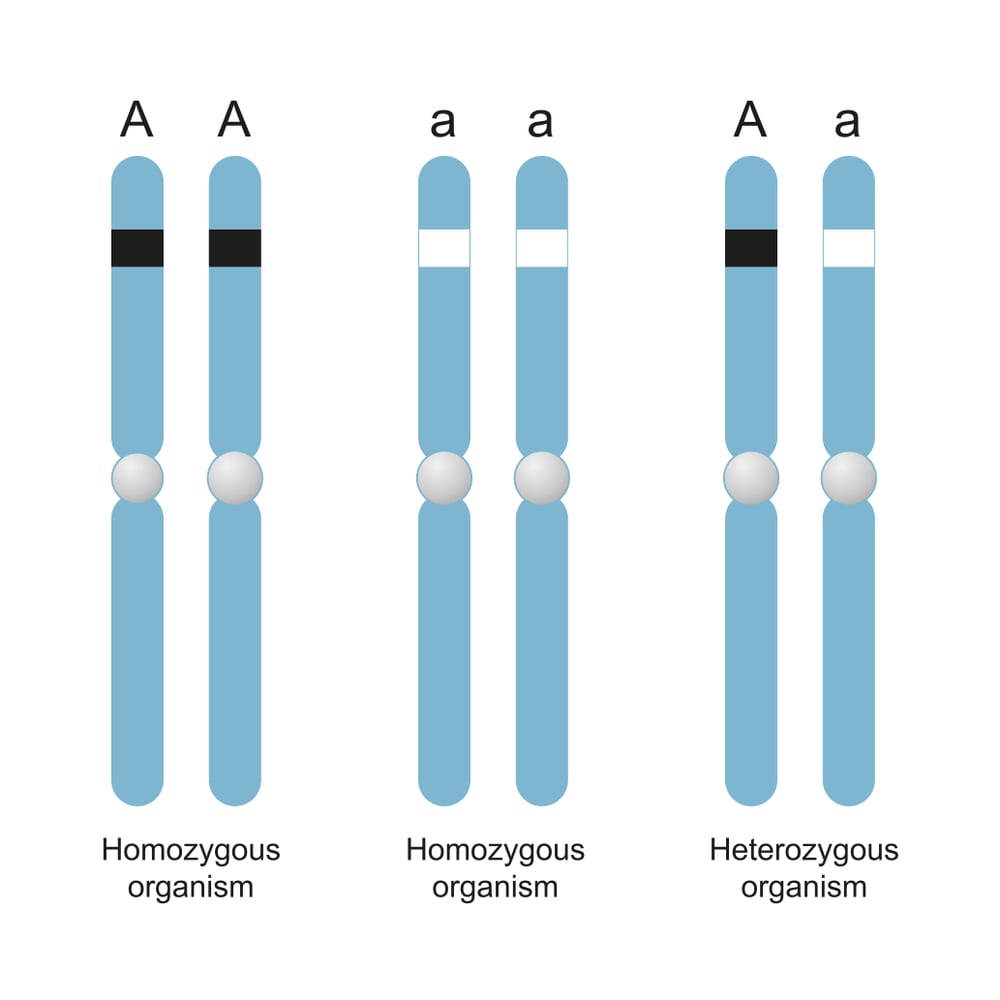
When an organism has the same alleles for a trait, it is called homozygous. The pure breeding pea plants would be homozygous dominant, YY or homozygous recessive yy. When the organism has two different alleles for a trait, it is called heterozygous. The entire F1 generation is heterozygous, Yy.
How traits appear are called their phenotype. The yellow pea color or green pea color is the phenotype of the trait of pea color.
On the other hand, the genetic composition or the combination of alleles is called the genotype. The genotype of a yellow plant could be either YY or Yy, whereas the genotype of a green pea plant would always be yy.
Mendel didn’t stop at the F2 generation. He performed crosses of the F2 generation to confirm his previous conclusions. When he crossed two green pea plants from the F2 generation, he found that all the offspring were green pea plants. When he crossed two yellow pea plants, he got two results.
Either all the offspring were yellow, or the offspring followed the 3:1 ratio of the previous generation. This confirmed to Mendel that there were two factors. However, the more significant conclusion Mendel drew is that these pairs of factors must be separating from each other at some point during gamete formation (the theory of gametes had been proposed in the 1860s and was mostly accepted a few years later).
Also Read: Mendel’s Laws Of Inheritance: What Is The Law Of Independent Assortment?
Current Understanding Of Law Of Segregation
Our current cellular underpinnings have confirmed Mendel’s Law of Segregation. We know today that gametes are formed through a process of cell division called meiosis. Meiosis divides a diploid cell into haploid cells.
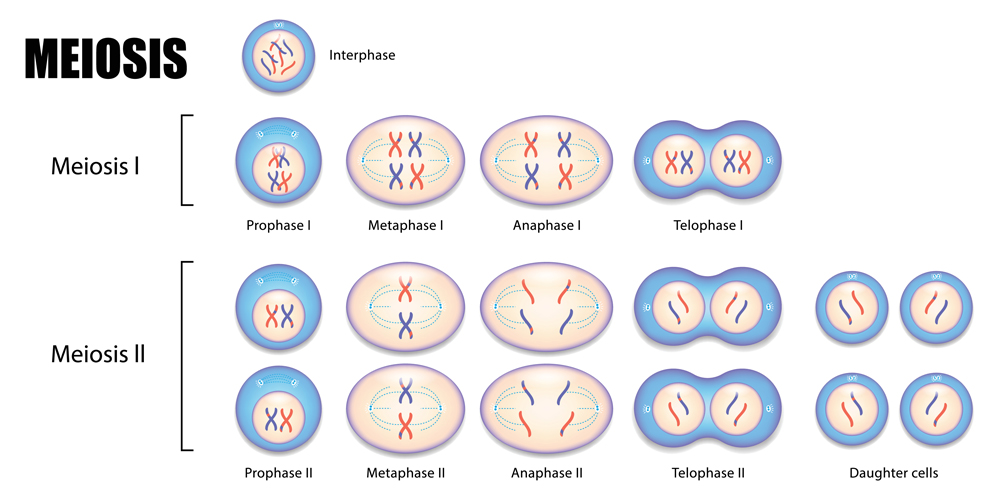
During meiosis, the two chromosome sets of a diploid cell are divided in half. Each haploid cell gets 7 strands of DNA (the pea plant has 14 chromosomes in a diploid cell). On one of these chromosomes is the gene for pea coat color. One allele affecting pea coat has gone in one haploid gamete, while another has gone in a different haploid cell.
Therefore, when a heterozygous (Yy) cell forms a gamete, one gamete will have the dominant allele, Y, whereas the other gamete will have the recessive allele, y.
Before Mendel’s work and its later rediscovery, the popular theory of heredity was that a kind of mixing of the parent’s traits took place. What most scientists thought happened was that a trait in an offspring was a sort of blend, an average of both the parent’s traits.
However, there is a large gaping hole in this logic. If the trait of the offspring is a blend, then eventually, over many generations, every trait would become a constant average of all previous traits. It would be like mixing a bunch of colors repeatedly until all you have is a sort of muddy brown color.
His F1 generation results were clear about a lack of “blending”. Mendel then went on to combine the two pea plants from the F1 generation to see what that would result in. Mendel recorded hundreds of pea plants for various traits. We will continue with the color of the pea coat example.
All the F1 generation peas had a yellow coat. He took two of these and pollinated them, resulting in the F2 generation.

Conclusion
Mendel was meticulous. A mathematical thinker, Mendel expressed his biological experiments in the ultimate language of science. Every result was noted and then later calculated so that, in the end, the math spoke the truth, and it spoke volumes.
Mendel also studied reproducible and well-defined traits, such as plant color and pea coat color, which wouldn’t be subject to too many external factors. Many of his contemporaries studied heredity using diffuse traits, such as body weight, making it difficult to draw precise conclusions.
He also picked the right organism in which to study those traits. The pea plant is small, easy to grow in large batches and grows relatively fast. Mendel was able to artificially cross whichever plants he wished simply by transferring pollen. He could closely control the reproducibility of his experiments in this way.
Such aspects are crucial to performing good science. Mendel’s work shows a simple and quiet confidence in his work uncorrupted by producing sensational results. A testament to the work’s scientific rigor is that Mendelian genetics served as a foundation on which subsequent genetic discoveries were made. The Law of Independent Segregation has stood the test of time, being proven in its entirety as we learned more about chromosomes and how life evolves through its variable nature.

